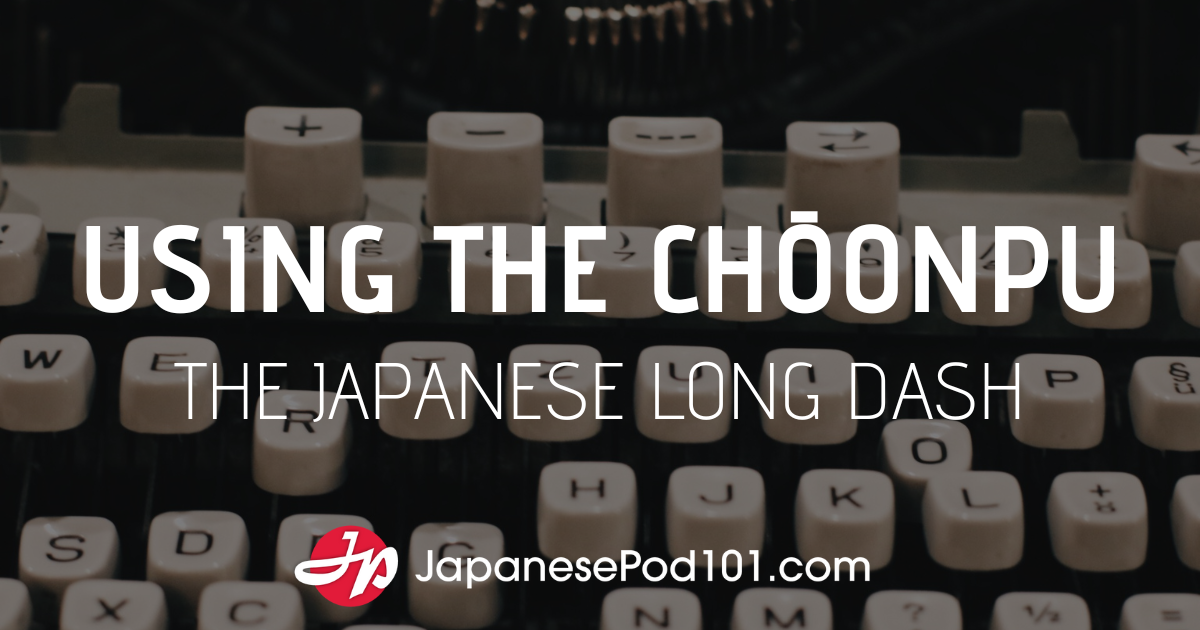Today I did all of the lessons related to a major part of Tokyo; none other than the metro system. These lessons go from 26-30 on JapanesePod101.com’s survival phrases and SurvivalPhrases.com Japanese lessons 23, 24, and 25.
These are some photos of the metro. Nothing too amazing by the looks of it, but incredible once inside. [Photos by Emily Carsch]
The Tokyo Metro system is like a living arterial network that zig zags and wraps itself across the entire area of what makes up Tokyo and beyond. It’s so weird to be walking through ancient shrines and beautiful gardens that have been in place since the 1600s, and think that there are probably three lines of trains at different depths passing underneath you all at once.
This is what makes Tokyo magnificent; its mix between tradition & history and high-tech modernity.
Here in Tokyo, there are 9 sen, or lines, each differentiated not only by name but also by color. (Click here for a link to the subway map and the names and colors that coincide with it. This link is part of the Tokyo Metro website.)
As a gaijin, or foreigner, I was excited to see that a new line, the Fukutoshin line, denoted by brown, opened just this week. We initially thought it’d be a big deal that there was a new line opening, but found that a lot of people didn’t even know about it. Clearly, new stops and lines are always being made to add to the convenience of public transportation in this city.
The subway is very easy to use and to figure out. For those who can’t read Kanji like myself, all of the signs have english. It is usually around 160 Yen for a ticket to get from one place to another here in Tokyo, making it cheap compared to other options like a taxi.
A great feature about the subway is the Pasmo card. This rechargeable card allows access to not just the trains, but also the buses. Instead of worrying about buying train tickets and paying the correct fare for where you’re traveling, the Pasmo card is simply waved over a sensor at the turnstiles, and allows you to enter while automatically deducting the fare from the card. It works like a debit card. The Pasmo card can also be used at participating drug stores and vending machines.
Stations are everywhere making the metro extremely accessible! Here at the JPod101 HQ, it takes less than 10 minutes to walk to three different stations each offering entrances to different lines. Because the stations are so numerous, locations of places are often described by telling the metro stop they’re closest to.
On the trains themselves, they’re often very crowded. Some lines in the morning have train cars specifically reserved for women. This is an outcome due to a history of women getting groped in the unisex cars, because the high density is a good cover for perverted acts such as this.
The trains, though crowded, are often very quiet. Cell phone use is not allowed, and people can be fined if caught talking. For this reason, text messaging is the way to go if you need to communicate during your commute.
At the end of each train car are shiteiseki, or reserved seats, for elderly, hurt, pregnant, and nursing individuals, in which the seat must be given up if there is no other place for people falling into these categories to sit.
Another great feature is the signs within the station. On some signs, you can read how many minutes it will take you to get from your starting point to your final destination. Other signs will show which car on the train is the most convenient location-wise if you’re transferring to another line at any point.
The trains are wonderful and certainly add to all that is Tokyo. If you’ve had a good experience with the metro, please share!
Mata-ne!











